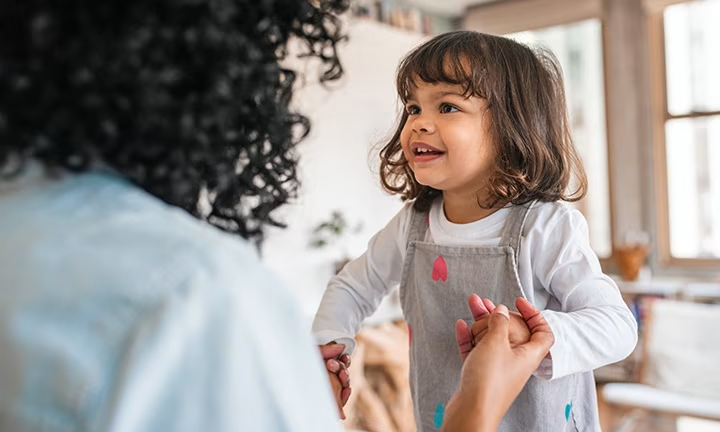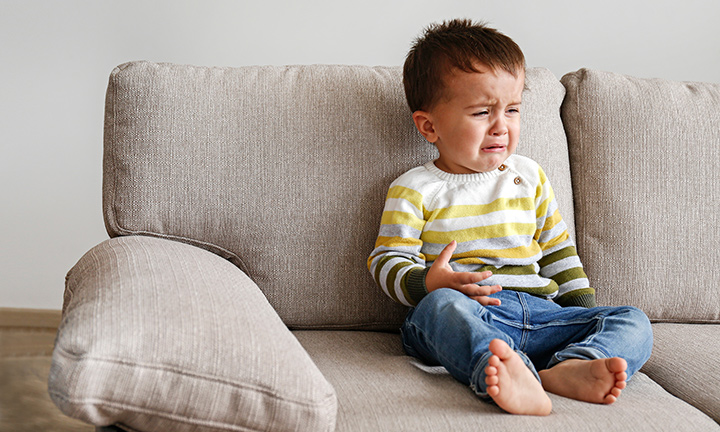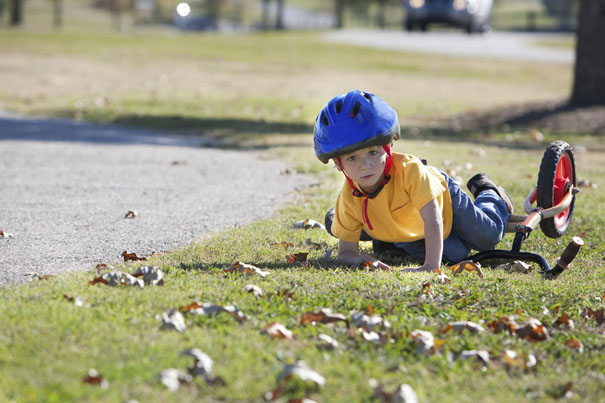
All About Warts on Kids
When you hear the word warts, you might think of wicked witches in fairy tales, but warts can show up on kids too. Find out what warts are; what causes them to appear on your toddler or older child’s hands, feet, and fingers; how to prevent warts; and how they can be treated.
What Are Warts?
Warts are firm, harmless growths on the skin that can be flat or grainy. Warts come in different shapes, sizes, and colors, including yellow, pink, tan, gray, brown, or black.
Warts can appear anywhere on your kid’s body, including the feet and fingers, but they most often show up on the hands, toes, knees, and face.
Anyone can get a wart, but for reasons medical experts can’t yet explain, kids get warts more often than adults. Warts are not common for toddlers younger than 2 years old, however. Most kids develop an immunity to warts within two to five years, and any existing warts often clear up without treatment.
What Causes Warts on Toddlers and Kids?
The human papillomavirus (HPV) causes warts. Like a germ, HPV thrives in warm, moist places, such as small cuts or scratches on your child's skin. Once the virus finds a congenial location, a wart may start to develop. It can take many months or even years before the wart grows big enough to be seen.
A different strain of the same virus causes sexually transmitted infections in teens and adults; luckily, there is an HPV vaccine that offers protection against this virus strain beginning in the preteen years.
A child can pick up HPV by touching something that someone with a wart has used, such as a towel, or through close physical contact with an infected person. Kids who bite their fingernails or hangnails are more susceptible to getting warts. It’s best to avoid picking at a wart as this can spread the virus.
What Kinds of Warts Are There?
Here are some of the different kinds of warts:
How Do You Treat Warts on Kids?
Your child’s healthcare provider will be able to recommend appropriate treatment, depending on the type of wart your child has. You may not have to do anything to get rid of it, as some warts clear up on their own. Others may require repeated treatments.
These are some of the options for how to treat a wart:
Prevention
You can’t fully prevent your child from getting a wart, but there are some steps you can take to help guard against warts, or stop them from spreading child to child.
Follow these guidelines to help reduce the chance of a wart forming:
When Should You Call Your Child’s Healthcare Provider?
Contact your child’s healthcare provider if
The Bottom Line
If your child has warts, know that these are treatable and may even disappear on their own. Before long, your child's skin will be back to normal.
In the meantime, do your best to keep warts at bay by practicing good hygiene. Encourage your child to do simple things like washing her hands and changing her socks, keeping her skin clean and dry, wearing flip-flops at the swimming pool, and avoiding sharing objects like towels. Teaching your child these hygiene basics not only helps prevent warts but may also prevent some other infections from developing.
Read more about Toddler
Related Articles
Join a World of Support
through Pregnancy and Parenthood.
TRACK WITH TOOLS
LEARN WITH EXPERTS
GET REWARDED








